Archives
- 2018-07
- 2019-04
- 2019-05
- 2019-06
- 2019-07
- 2019-08
- 2019-09
- 2019-10
- 2019-11
- 2019-12
- 2020-01
- 2020-02
- 2020-03
- 2020-04
- 2020-05
- 2020-06
- 2020-07
- 2020-08
- 2020-09
- 2020-10
- 2020-11
- 2020-12
- 2021-01
- 2021-02
- 2021-03
- 2021-04
- 2021-05
- 2021-06
- 2021-07
- 2021-08
- 2021-09
- 2021-10
- 2021-11
- 2021-12
- 2022-01
- 2022-02
- 2022-03
- 2022-04
- 2022-05
- 2022-06
- 2022-07
- 2022-08
- 2022-09
- 2022-10
- 2022-11
- 2022-12
- 2023-01
- 2023-02
- 2023-03
- 2023-04
- 2023-05
- 2023-06
- 2023-07
- 2023-08
- 2023-09
- 2023-10
- 2023-11
- 2023-12
- 2024-01
- 2024-02
- 2024-03
- 2024-04
- 2024-05
- 2024-06
- 2024-07
- 2024-08
- 2024-09
- 2024-10
- 2024-11
- 2024-12
- 2025-01
- 2025-02
- 2025-03
-
Having established the structural requirements for
2025-02-26
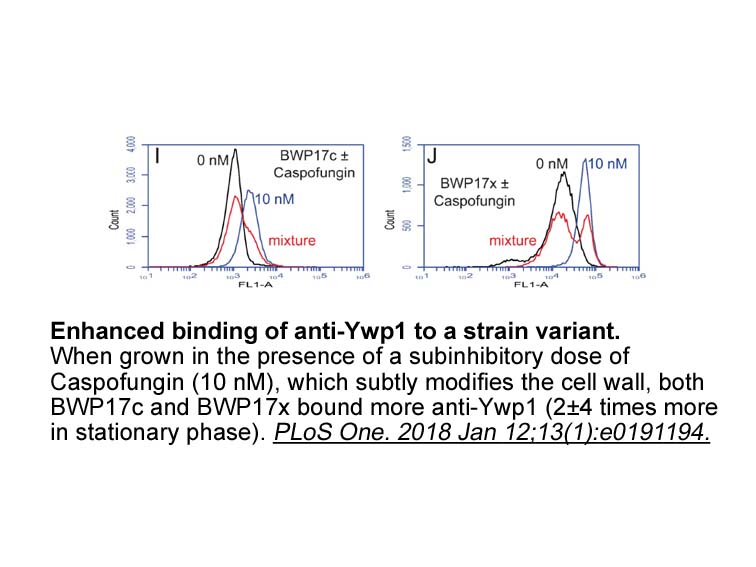
Having established the structural requirements for potency in both the biochemical and biomarker (CRA) assays, we evaluated key compounds in the metabolic stability assay. Disappointingly, we found that all compounds had high intrinsic clearances in mouse microsomes. To ascertain whether the in vitr
-
IC values were obtained for
2025-02-26
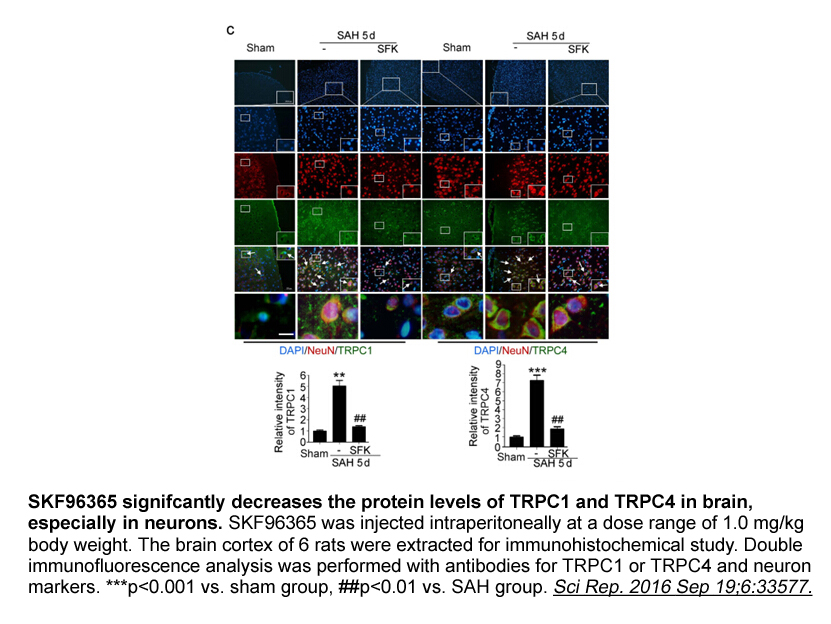
IC50 values were obtained for an expanded version of the fragment library using the previously described mobility shift assay. Subsequently, Ki values were estimated from IC50 values to allow better comparison of the activity against targets which were measured at different substrate concentrations
-
An alternative more rarely used electron microscopy based ap
2025-02-26

An alternative, more rarely used, electron microscopy-based approach exploits labeling of phagosomes with DAMP (3-(2,4-dinitroanilino)-30-amino-N-methyldipropylamine). DAMP is a weakly basic compound which is membrane-impermeable once it has been protonated. This way, DAMPH+ accumulates in acidic in
-
br Materials and methods br Results Dried
2025-02-26
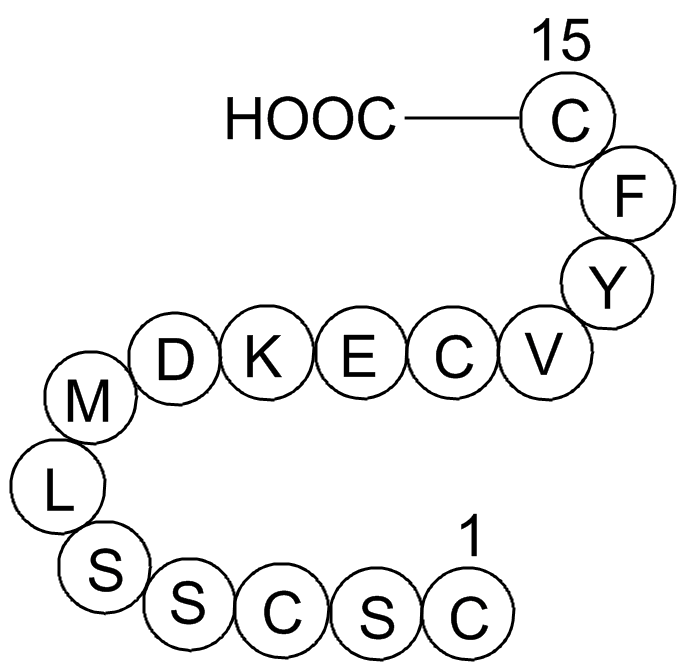
Materials and methods Results Dried 5 ala used were 48.46 g C. benghalensis, 857.98 g T. zebrina and 25.09 g T. fluminensis. The samples gave 12.9% C. benghalensis, 0.078% T. zebrina and 3.06% T. fluminensis methanol extracts. The methanol extracts were evaluated for their lipoxygenase inhibi
-
Dyslipidemia treatment AR Vs are truncated AR proteins lacki
2025-02-25
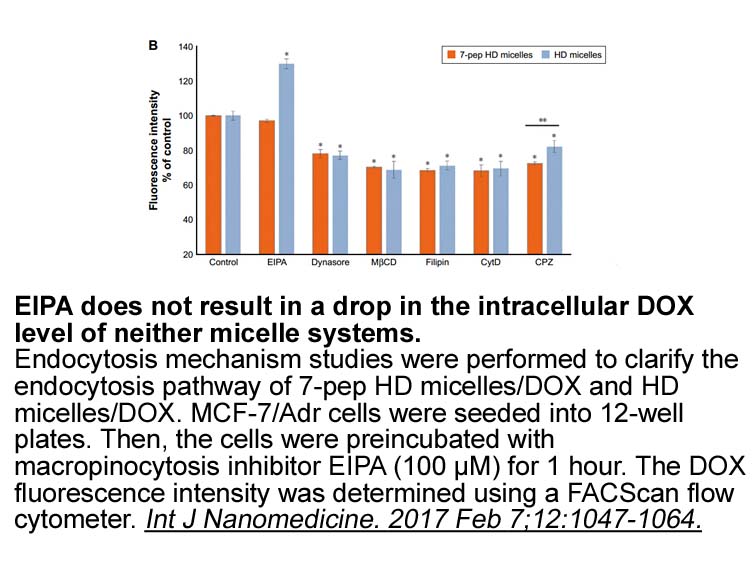
AR-Vs are truncated AR proteins lacking the AR ligand-binding domain (AR-LBD) [6]. While AR-Vs have frequently been detected in CRPC, their expression and functional role in benign prostate tissues and primary prostate cancers is not readily apparent. Structural rearrangements in the AR gene and alt
-
In conclusion we demonstrated that in the
2025-02-25
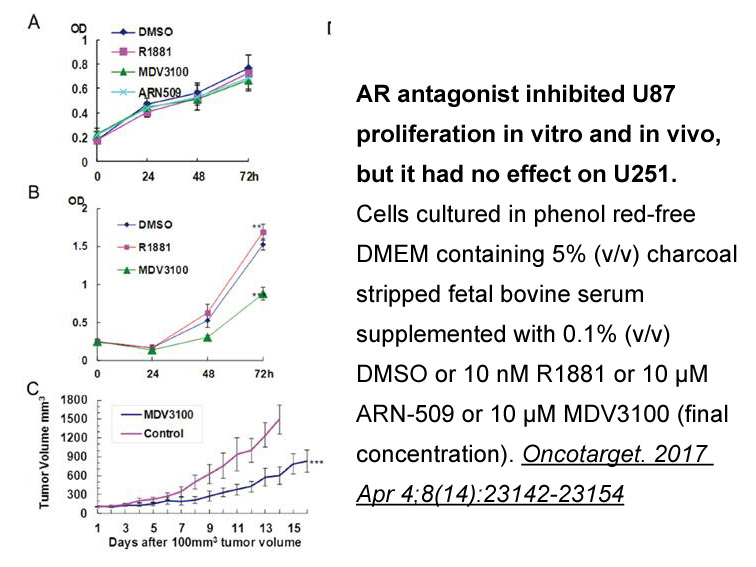
In conclusion, we demonstrated that, in the skeletal muscle of rats with T1DM, CRBN levels increased and AMPK, Akt, GLUT4, PGC-1α, and FNDC5 levels decreased, resulting in increased fasting glucose levels. Aerobic exercise training decreased levels of CRBN, which was possibly mediated by AMPK, Akt,
-
The reactions and the control mechanisms described
2025-02-25

The reactions and the control mechanisms described are all supported by observations. For example the reactions require that different compounds are formed in different groups of AP1903 cells and this has been observed [15]. Intravenous injection of glycine results in reduced utilisation of glucose
-
All desired compounds with a carboxylic
2025-02-25
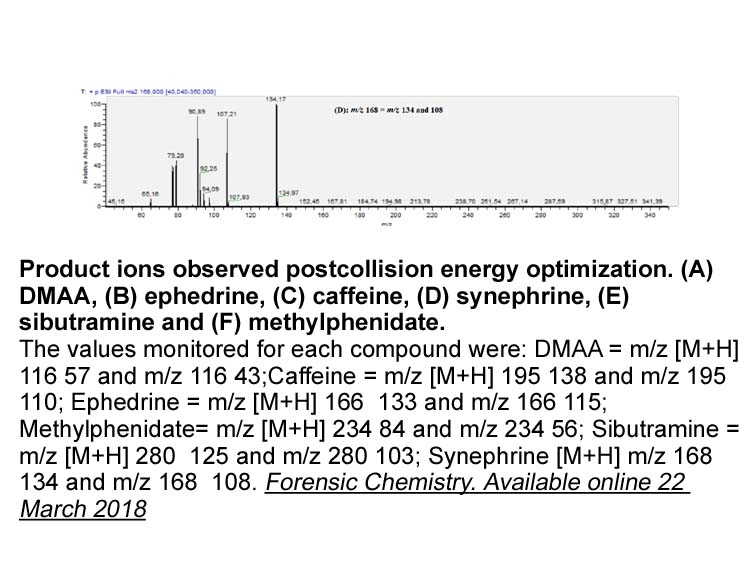
All desired compounds with a carboxylic emtricitabine-tenofovir substituent at N1 position of the quinoxalinone scaffold and a variety of aromatic substituents at C3 position were obtained by the syntheses starting from methoxy-substituted 3-chloro-quinoxalin-2(1)-ones () prepared as previously. As
-
Compounds and with potent ALR inhibitory activity were also
2025-02-25
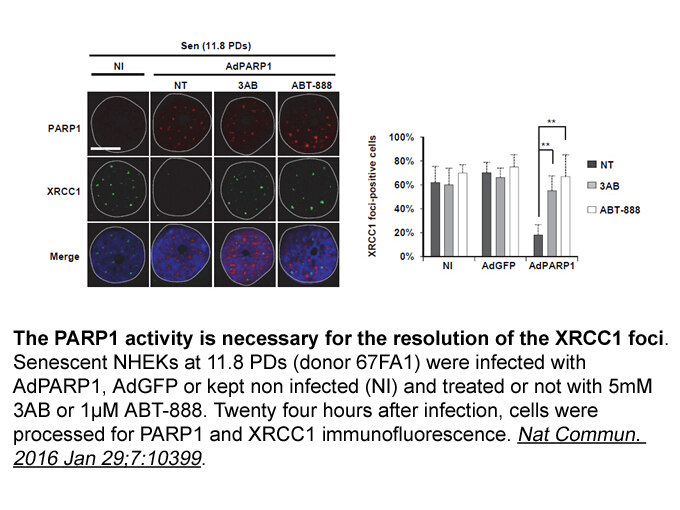
Compounds , and with potent ALR2 inhibitory activity were also tested for their inhibition ability against ALR1, as shown in . They all showed low activity with inhibition percentages no more than 45% at the concentration of 10μM, demonstrating good selectivity for ALR2. To evaluate the antioxida
-
br Conflicts of interest br Acknowledgements This work was
2025-02-25
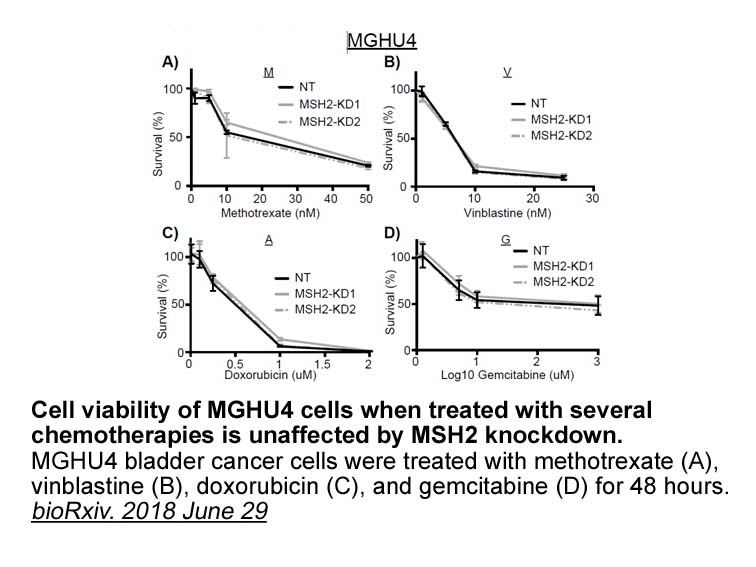
Conflicts of interest Acknowledgements This work was sponsored by grants from Longyan University Scientific Research Fund for the Young Scholars (LQ2016010), Middle-aged and Young Teachers Education Research Projects of Fujian Province (JAT170569), Longyan University Scientific Research Fund f
-
The aldehyde reductase AKR A
2025-02-25

The aldehyde reductase (AKR1A1) and aldose reductase (AKR1B1) belong to aldo-ketoreductase (AKR) superfamily catalyzing the reduction of corresponding aldehydes and ketones involved. Both the closely related enzymes AKR1A1 and AKR1B1 have 65% structural similarity and differ only at the active site.
-
Tropomyosi http www apexbt com
2025-02-25
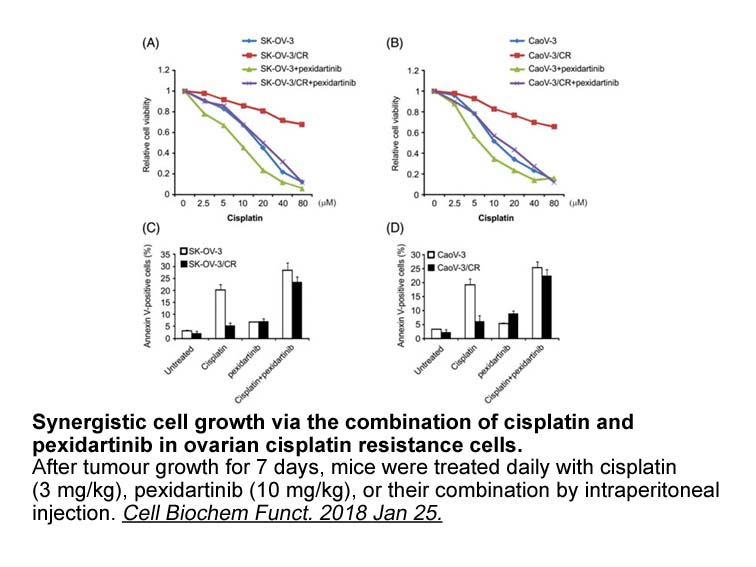
Tropomyosin-related kinases (Trks) play crucial role in neurotrophin-mediated cellular activities, including neuronal differentiation, survival, and synaptic function [37] through activating downstream signaling mediators PI3K and Akt [38]. In a therapeutic context, Akt has been shown to mediate str
-
br Results br Discussion Members of the PfkB family of
2025-02-25
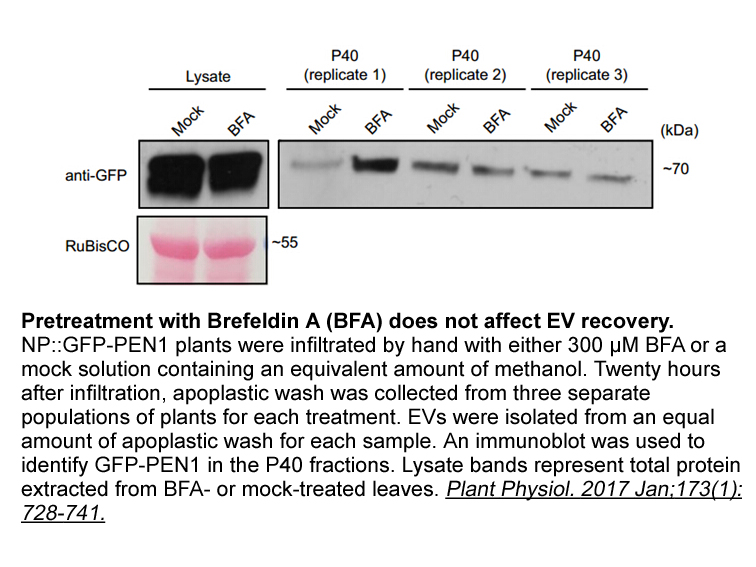
Results Discussion Members of the PfkB family of proteins, which exhibit AK activity, have only been found in the eukaryotic organisms in the past. Hence, the report of a PfkB family protein in MTub that exhibited AK activity was of much interest, and it necessitated closer examination of its
-
NSAIDs induce gastrointestinal toxicity and evoke asthma by
2025-02-25

NSAIDs induce gastrointestinal toxicity and evoke L-a-Hydroxyglutaric acid disodium salt by decreasing the production of gastroprotective prostanoids and by redirecting the COX substrate AA into LT biosynthesis, thereby causing vasoconstriction in gastric mucosa and airways (Celotti and Laufer, 2001
-
br Regulation and pharmacology of mPGES
2025-02-25
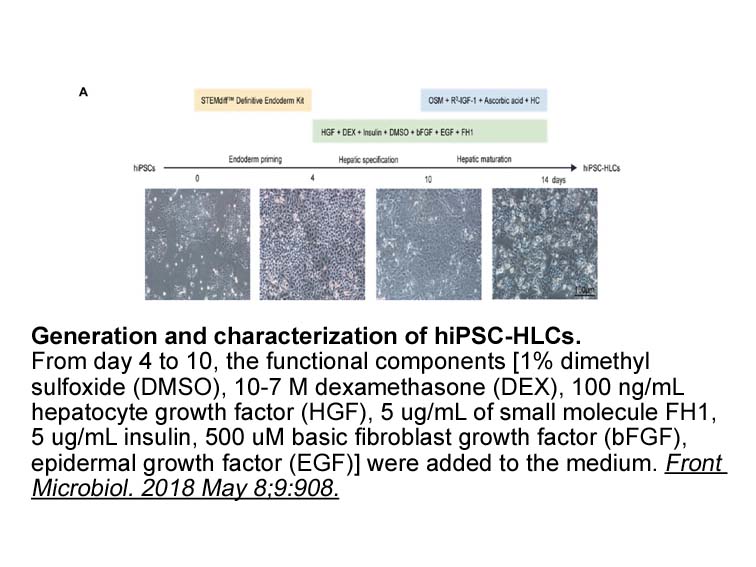
Regulation and pharmacology of mPGES-1 mPGES-1 (16 kDa, 152 amino acids) is a trimeric integral membrane protein of the endoplasmic reticulum with each monomer containing four transmembrane domains (Samuelsson et al., 2007; Sjogren et al., 2013). The three active site cavities are located at the